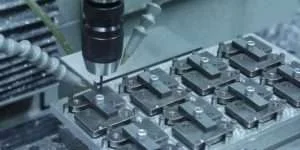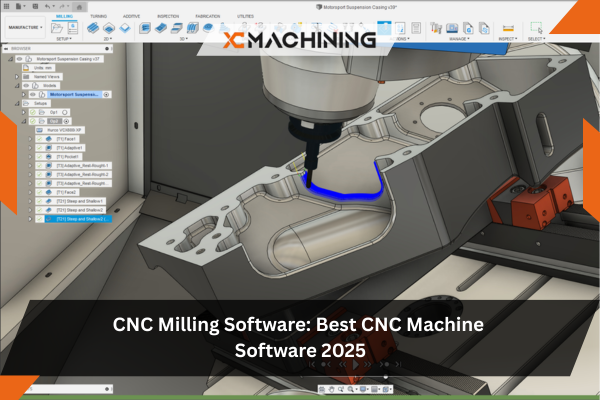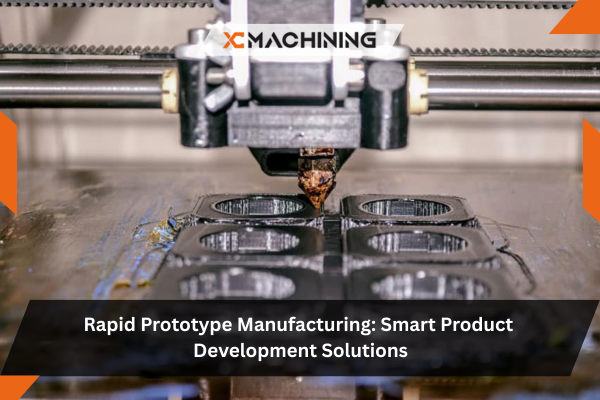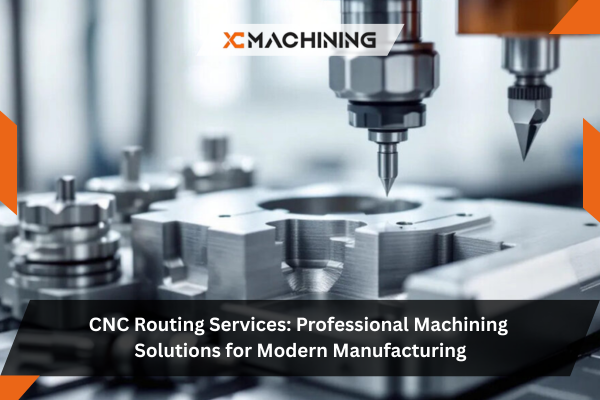The manufacturing industry largely depends upon Precision, accuracy, and efficiency. CNC machining is a revolutionary technology to achieve all of these quickly. This automated method produces intricate components of the machine with ease and flexibility.
Its ability to achieve accuracy depends upon many tools and they are necessary to handle a workpiece while cutting or processing. A CNC fixtures is one of the essential tools that you use while working on a CNC machine.
What is a CNC Fixtures?
CNC Fixtures is the support system of the workpiece while conducting different operations on top CNC machines. During cutting operation, this tool holds the workpiece tightly and provides stability. It is easier to produce error-free and accurate components with these work-holding fixtures.
The best way to do it is to properly install a fixture to avoid imbalance and decrease machining qualities during the operation. Negligence can impact your efforts and machining budget if your work-holding solutions are inappropriate.
Various Types of CNC Fixtures
There are many types of CNC fixtures used in the manufacturing industry. These fixtures can be simple or complex and, at the same time, can be manual or automated. So depending on their functionality and complexity, you can get different fixtures.
Here, we have compiled different types of CNC machining fixtures:

CNC Vise Fixtures
CNC vise fixtures can be designated as versatile fixtures because they participate in different machining operations. They are compatible with minor as well as large batch production. In addition, this fixture is compatible with a CNC machine that produces small machining components. It has a set of jaws that hold the workpiece tightly.
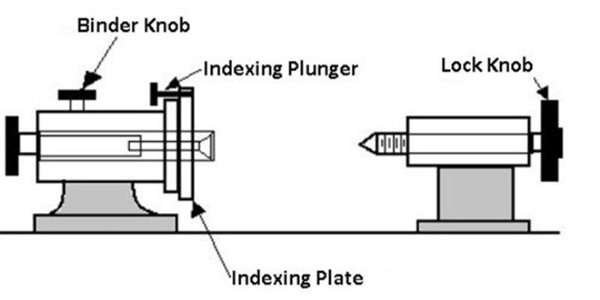
CNC Indexing Fixture
CNC indexing fixture has a rotating feature. This fixture rotates the workpiece according to the required angles after fixed intervals. With the help of indexing fixtures, there is no need for manual rotating to make holes or slots in a workpiece.
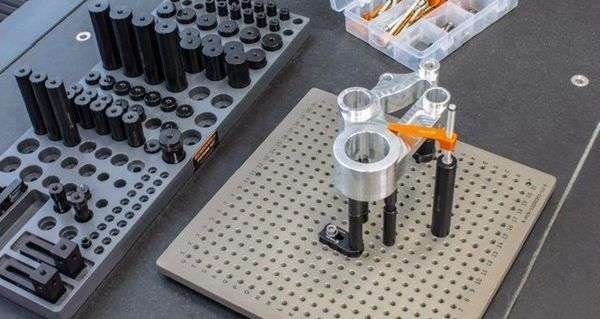
CNC Modular Fixture
Modular fixtures are flexible enough to adjust different workpieces with varied shapes and sizes. It allows you to use the same fixture for different workpieces without needing separate fixtures.
CNC Angled Fixture
This is another work-holding solution for your workpiece. As its name suggests, an angled fixture helps to set the workpiece at any specific angle. It has some components that help to adjust the workpiece at some angles for the machining process. These fixtures help make Fillet and Chamfer during CNC milling services and drilling.
Vacuum Fixture
These fixtures use suction for secure holding of a workpiece and are beneficial for machining sensitive parts in the manufacturing industry. Some parts are so delicate to take the pressure of clampers, so they need vacuum fixtures. These fixtures position the thin workpiece on the flat plate with holes. Suction pressure exerts through the holes. These fixtures avoid the deformation or distortion of delicate products.

Pallet Fixture
A pallet fixture is a crucial tool to avoid handling multiple workpieces individually in the manufacturing industry. It reduces handling time during manufacturing processes. This fixture has a sturdy platform known as a pallet to hold many workpieces. Pallet fixtures make it convenient to move workpieces to the next step in machining operations.

Custom Fixtures
Custom Fixtures; As their name suggests, custom fixtures help hold complex structures. These are versatile and can be appropriate for only specific workpieces. The fixture designer goes through all the requirements according to the workpiece and then designs a fixture that fits better with that material.
Each component in a machine has its own requirements, and some parts like holes, slots, and pockets are challenging to machine. To achieve this, custom fixtures play a vital role throughout the process.
Basic Principles for Choosing the Right Fixture
An inappropriate fixture brings inaccuracy to the machining task. it leads to errors and decreases product quality because it cannot hold and stabilize the workpiece. So, selecting the right fixtures for the workpiece is necessary. Some basic principles help operators to choose appropriate machining fixtures.
Geometry Considerations
The geometry of the workpiece is the first thing you need to take care of while selecting a CNC fixture. You should also consider these factors:
- Workpiece shape: For secure positioning and clamping, the fixture must match the shape and size of the workpiece. If there is no accurate matching, then there will be no tight grip of a fixture on the workpiece.
- Accessibility: During the machining process, the cutting tool needs specific access to the different areas of the workpiece to get desired results. Any restrictions and absence of a clear path during machining operations can cause hindrances in effective machining.

Material Considerations
Material compatibility and stability matter while selecting the fixture for your workpiece. There are some points that you must know before selecting the material:
- Material compatibility: The machining requirement for all the materials is different. You can use a material like plastic, steel, or aluminum in the CNC machine; all materials don’t have similar clamping requirements. So, it’s necessary to consider the compatibility of the workpiece with the fixture.
- Stability and rigidity: The fixture material should provide stability to avoid vibrations while cutting forces. If the material is not rigid according to the workpiece, it will lead to deflections.
What Factors to Consider for CNC Fixture Design?
CNC machines have benefited the manufacturing industry by reducing labor costs and increasing production rates. It depends upon the different machining tools. Designing tools like fixtures is challenging and requires a vast knowledge of manufacturing and engineering processes. There are some crucial factors that you must consider for CNC fixture design.
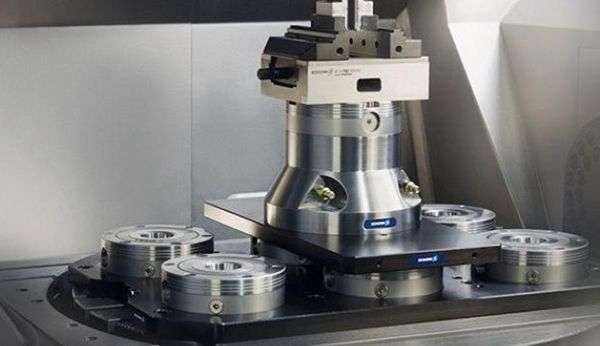
Types of CNC Machine
Different CNC machines include 3-axis, 4-axis, and 5-axis CNC machines. All of these machines use different numbers of axes for their operations. 3-axis machines are the most common and use X, Y, and Z axes.
But in 4-axis and 5-axis CNC machining, an additional rotary axis is involved. So while designing a CNC fixture, it is necessary to consider the type of machine for proper clamping on the surface of the fixture.
Efficient Setup and Tool Clearance
Fixture design should not be complex; it should be simple so that the operator can fix it quickly while machining operations. After the machining process, tool clearance is necessary to maintain efficiency. It should be easy to clean to avoid hindrances while machining.
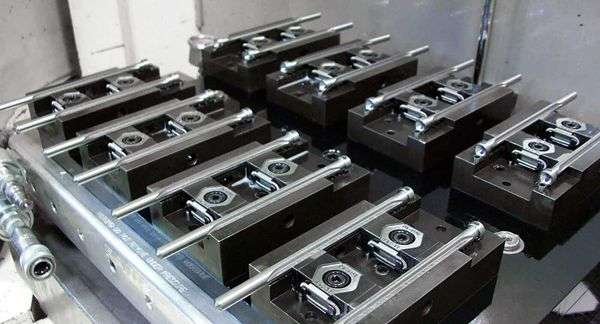
Small and Large Batch Production
Fixtures designed for small and large batch production vary based on flexibility and maximum productivity. In small-batch production, there is a need to change workpieces frequently. Their design should be able to adjust workpieces with different specifications. There is continuous production in case of a large batch, and its fixtures should remain stable for longer to fulfill workpiece requirements.
Applications of CNC Fixtures in Machining
Fixtures are a significant tool for CNC machining and play a vital role in different industries including automotive, aerospace, healthcare, and electronics. All these industries use appropriate tools while machining different structural parts. CNC fixtures serve manufacturing industries with a wide range of applications that include:
Positioning and Clamping
Fixtures provide a stable platform for any machining operation in the manufacturing industry. First, fixtures position the workpiece on the machine surface and ensure the accurate performance of the operation. On the other hand, clamping is a grip of fixtures on the workpiece.
Assist Assembly Operation
In manufacturing, assembly is vital for a finished product. Assembly operations are challenging and require proper alignment and positioning while joining different parts. CNC workholding fixtures are essential because they hold the parts tightly and ensure their proper fit.
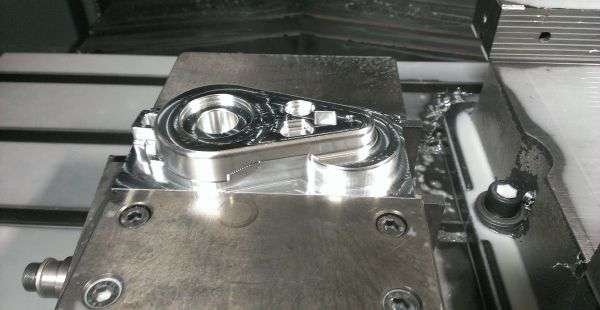
Machining Operations
Machining operations like cutting, drilling, and milling need proper care and handling. Any negligence can lead to rework, defects, and errors. Different types of CNC fixtures solve all the issues of machining operations by providing work-holding solutions to the operators.
Inspections and Testing
Inspections and evaluations need proper positioning of the workpiece to follow testing procedures. Inspections and testing are necessary steps after producing different parts in CNC machining. It ensures that the specifications meet the requirement. It also helps to eliminate parts that are not up to the mark according to your requirement.
Get Custom CNC Fixture for Your Projects at XinCheng Machining
At Xin Machining, we provide high quality and efficient CNC workholding fixtures for your projects. Our skilled team comes with reliable CNC machining solutions that suit your machined parts.
So, if you are concerned about the quality or production efficiency of your manufacturing unit, contact us today. Let’s discuss your needs and started with the projects.
Conclusion
A fixture is a useful tool for many machining operations that brings stability to the entire process. So, for complex and high-requirement CNC machining projects, you can choose CNC fixtures for your machined parts to fulfill the clamping requirements.
FAQs
What type of materials can be machined with CNC fixtures?
CNC machining fixtures are compatible with steel, plastic, aluminum, copper, and titanium. You can choose a material depending on your needs and requirements.
Can CNC fixtures suit large-scale production also?
CNC fixtures are suitable for both small-batch production and large-batch production. But for their adaptability, you must select suitable Fixtures depending on your workpiece.
Are custom CNC fixtures expensive?
If you invest in CNC fixtures, you save your cost in the long run. Streamlining your production is the best way to save costs in the manufacturing industry. So, investing once is better to reap its benefits in the long term.
What is the difference between Jigs and fixtures?
These two tools, Jigs and fixtures, are known for tightly holding workpieces. But they are not the same. Jigs are stationary and don’t allow your workpieces to move along with the tool, while Fixtures can move your workpiece in the desired direction. Fixtures are more flexible as compared to jigs.

